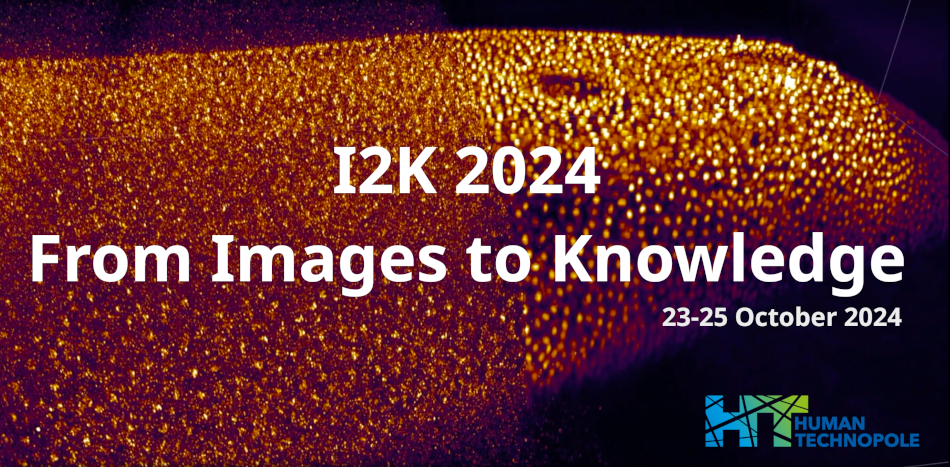Speaker
Description
Methods in biomedical image processing are changing very fast due to the high attention to computer vision and machine learning. Keeping up with trends and testing interesting routes in biomedicine is therefore very challenging. With this report, I would like to showcase a project-based teaching scheme that focuses on a single biomedical topic and aims to create progress in this field. Here, we focus on detecting and identifying dendrites and dendritic spines in light microscopy data. We evaluate how foundation models can help in semantic segmentation, custom distance losses ensure real anatomical constraints, and determine if weakly supervised and human-in-the-loop training strategies can improve the adaptation to novel data. By testing the students' abilities to annotate dendritic spines before and after the three-month interval, we determine inter- and intra-rater reliabilities of naive, non-expert annotators and compare them to existing expert annotations. This allows us not only to advance the field in terms of biomedical image processing, but also to highlight the importance of gaining knowledge by handling and interacting with the data.
| Authors | Andreas M. Kist* |
|---|---|
| Keywords | project-based learning, foundation models, semantic segmantion, neuroscience |

